.
To a Girl Named Olivia
What shall I say to you of untold love
In this more than empty space that lies between
Our two selves wound in tongue-tied reticence?
I have touched your hand in images and dreams,
As the old remember and the young foresee,
Feeling only the shadow of a substance.
I watch my own implicit solitude,
Spiralled like a shell around my heart:
Turning away, I keep before my mind
Your face as icon and your voice as prayer.
—for Olivia Tate Stockard, Valentine’s Day 1972
.
.
Joseph S. Salemi has published five books of poetry, and his poems, translations and scholarly articles have appeared in over one hundred publications world-wide. He is the editor of the literary magazine Trinacria and writes for Expansive Poetry On-line. He teaches in the Department of Humanities at New York University and in the Department of Classical Languages at Hunter College.


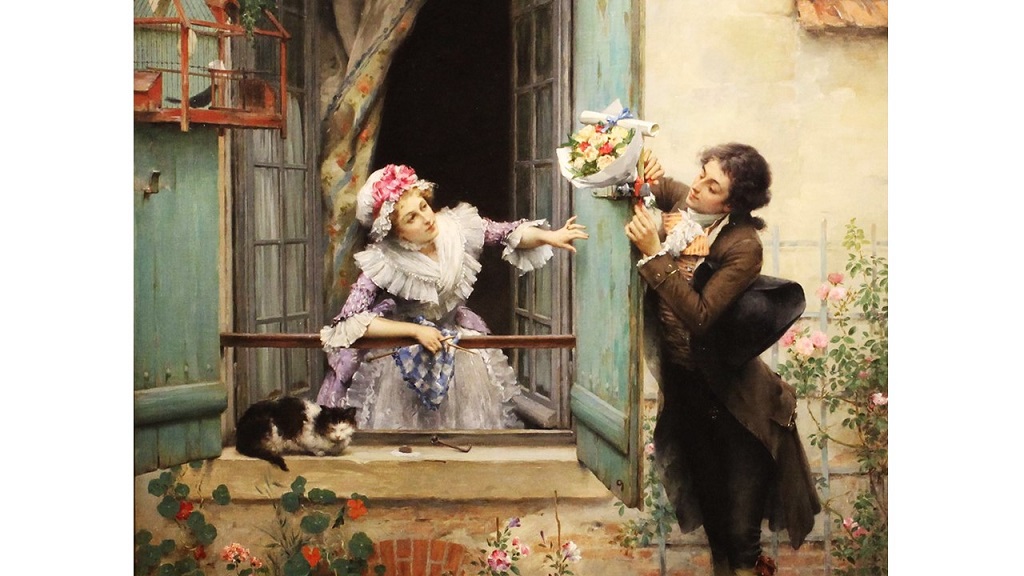

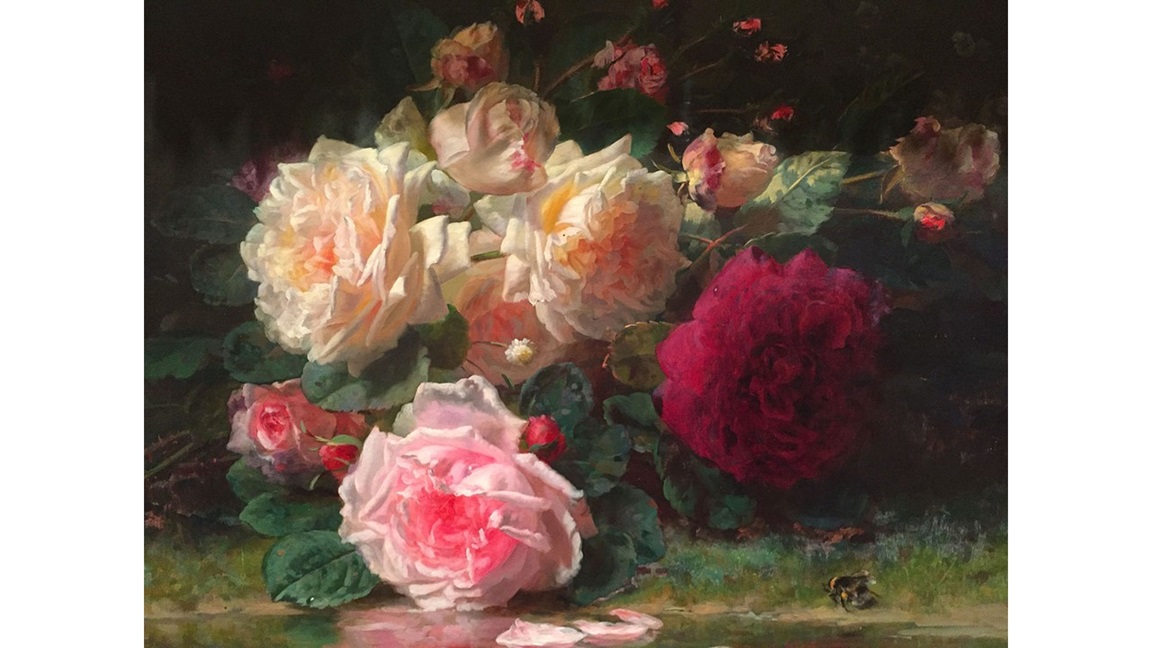

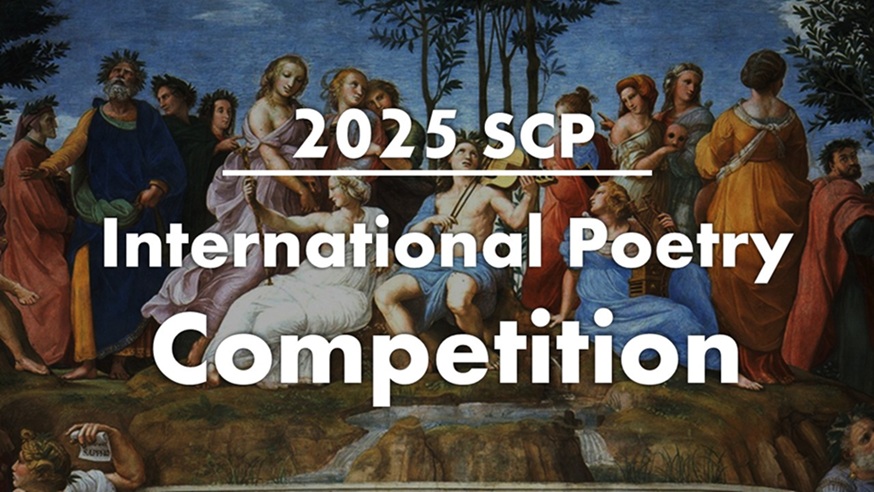

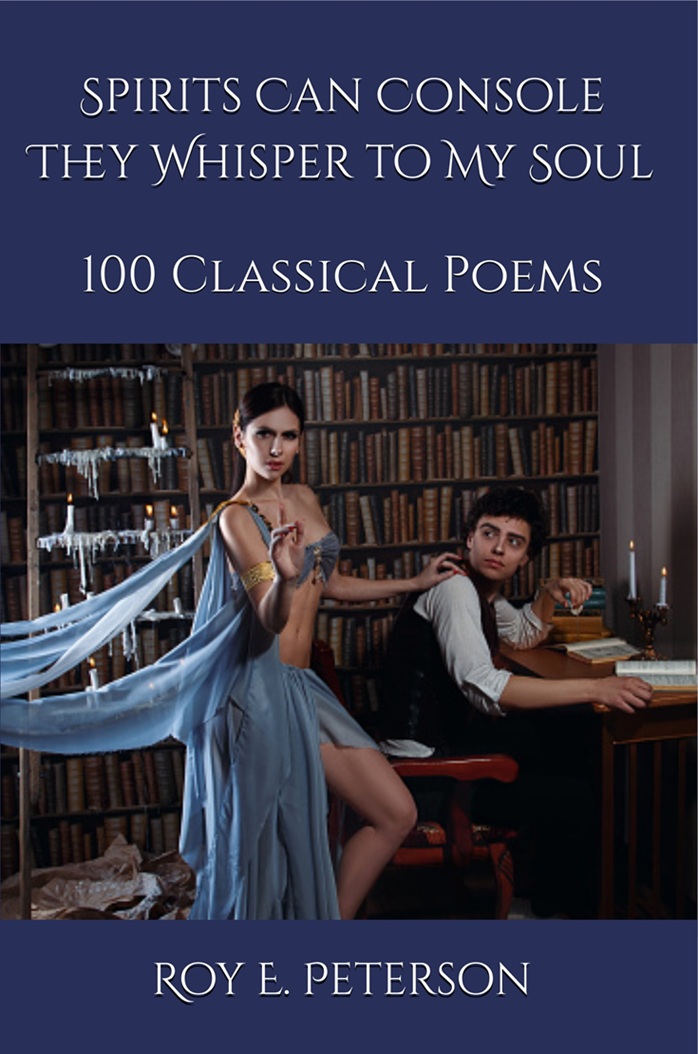

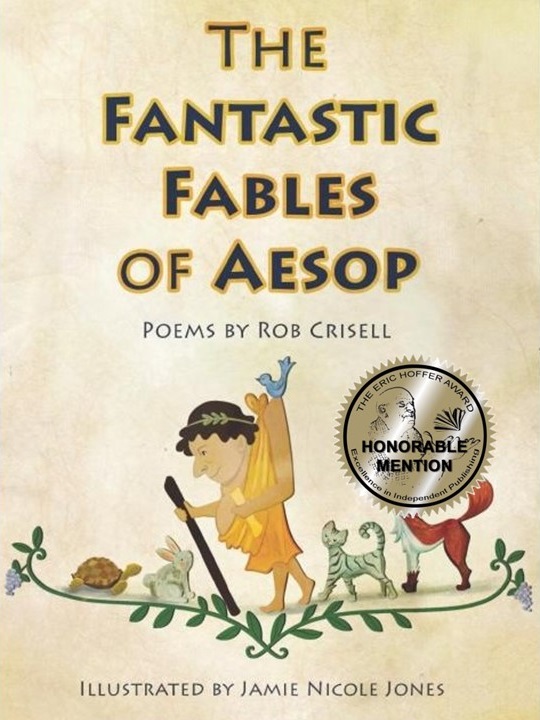



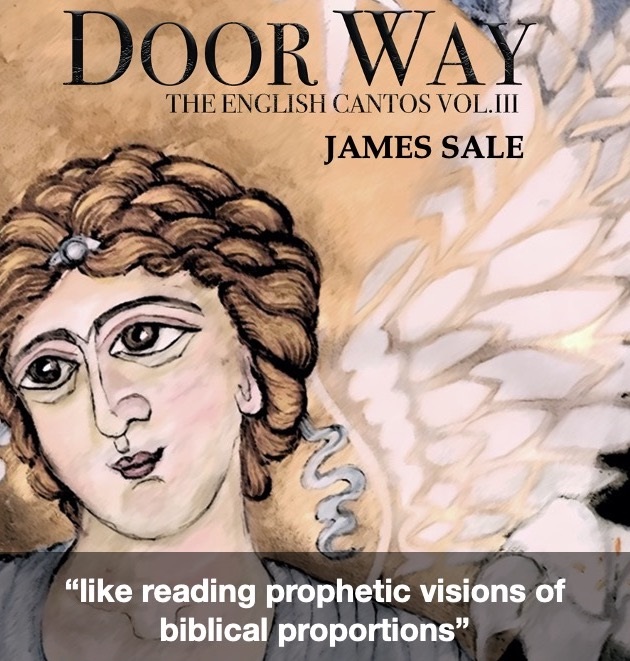



Breathtaking arrested cyclical motion in “our two selves wound in tongue-tied reticence” and “implicit solitude spiralled like a shell around my heart.” The escape is love piety turning Olivia’s face into an icon and her voice into prayer. This golden memory will be kept before my mind as one of the best love poems of 2022.
So beautiful. Margaret has said it so much better than I can. You have given Olivia a Beatrice Portinari feel. I could never have written poetry like this at such a tender age… I’m impressed.
Oh Joe —
Susan and Margaret have said it all. Beautiful, just beautiful.
Happy Valentine’s Day, dear friend.
Yes, beautiful.
If I’ve calculated correctly, this poem is from a time just after you completed your undergraduate studies and perhaps before you had fully formulated the idea of the fictive artifact, but already you had well-developed literary sensibilities. Never mind your “tender age.” Even now, well into my eighth decade, I don’t think I could write anything like this.
C.B. you’re right on the tender age front… I’m still striving to achieve perfection and I’m no spring chicken… darn it!
I have a fairly good idea of what it means to be a spring chicken, Susan, and you don’t want to be one of those. If you want to know what perfection looks like, then read the later edition of Richard Wilbur’s Collected Works.
Kip, I had just turned twenty-four, and was a graduate student at NYU working on my Ph.D. Olivia was also a graduate student there at the time, and we met in a study group preparing for our comprehensive exams.
We know how things turned out for you, Joseph, but how did things turn out for Olivia? None of my business, of course, yet I remain curious.
She got her Ph.D. in seventeenth-century literature, became a highly successful communications consultant with her own company, and wrote the authoritative book on techniques of business writing.
Beautiful poem…thank you for sharing.
I will add another beautiful to the chorus. Thanks for this timeless poem.
Mr Salemi, this is the best thing I’ll read today. I hope she reciprocated with one of her own.
A stunning piece of work. I’m not sure I’ll ever read a line of poetry as beautiful as “I watch my own implicit solitude,/Spiralled like a shell around my heart.” I want more.
Thank you all for your very kind words. After fifty years, I’m pleased that the poem is finally made public.
In addition to the deep appreciation we’ve all expressed, I’d like to offer some scholarly analysis of how this poem fits into the long tradition of European love poetry. “Your face as icon” reminds me that in my own 1989 dissertation, I described one type of Petrarchan poem as the “veronica.” The Veronica is the name given to the veil of Saint Veronica, a kindly woman who wiped Jesus’ face as He was carrying His Cross to Calvary. In return for her act of mercy, an image of the Holy Face remains on the veil, which I hope is still preserved at Saint Peter’s in Rome. It certainly was there when Petrarch wrote Canzoniere 16 (“Movesi il vecchierel canuto et bianco”). The poet-lover compares himself to an old man who makes a pilgrimage to see the famed relic of Christ’s passion, so that he can once in this life see the face he hopes to contemplate in heaven. In the Canzoniere, the poem serves as an excuse to Laura for Petrarch’s gazing at other women. Hers is the “veronica” or true icon of beauty that he really longs to see in every other beauty. An English example of the veronica is Sir Philip Sidney’s Astrophil and Stella, Sonnet 91 (“Stella, while now by honour’s cruel might”).
More clearly in Petrarch’s poem, Laura herself is a mediate ideal of beauty, standing in place of what is highest. Sidney tells Stella (his “star”) that other women, compared to her, are wooden celestial globes on which the heavens are mapped. In the Renaissance love sequence, the religious or celestial touch represents a very subtle criticism of the speaker, who really thinks his lady is the ultimate Ideal of Beauty. He cannot look beyond and discover the Creator in her, the most beautiful of creatures. A transformed use of the veronica comes in religious love sequences where poets (many of whom had written secular sequences) make that discovery. Henry Constable’s “To God the Father” is a clear example.
In Joseph S. Salemi’s valentine “To a Girl Named Olivia,” there is a necessary turning away, as in Petrarch’s and Sidney’s poems. The poet does not turn away from looking at other women, but from watching his own implicit solitude. There is the religious touch of making Olivia’s face his icon, an image of someone worthy of worship. He also makes her voice prayer to be kept in his mind. In the religious context of the line, this suggests intercessory prayer that Olivia might make for him. In the love context of the poem, it suggests words that she has spoken or might speak to give him hope of love. Or it could represent hope that she will be the first to break the mutual reticence in which their two selves are wound.
She did later become a communications expert.
For Salemi’s valentine to have some relation to a Petrarchan veronica, he didn’t need to know he was taking up a common type of lyric in Renaissance love sequences. But this kind of poem would have been all around graduate students soon to take comprehensive exams.
Every poem in traditional verse lives via its connection with past traditions, even if those traditions are not consciously being used by the poet in a particular act of composition. This brief lyric echoes the well-worn topos of the beloved woman’s face, and there may be a religious hint in it. No argument there, Margaret.
One important point, however — the idea that Veronica’s name is related to the phrase “true image” (Latin “verus” and Greek “ikon”) is a pious fable. The name of the woman who met Jesus on the Via Dolorosa was certainly Beronike, a fairly common name at the time. Latin speakers revised it to Veronica by changing the final vowel to a Latin feminine /a/ (corresponding to the feminine /e/ in Greek) and creating a false folk etymology for it. But I always recall what St. Thomas Aquinas answered when a person wrote him a letter asking whether the names of the blessed were written in golden letters in a great book in Heaven: “As far as I can tell, this is not the case, but there is no harm in believing it.” (Ut mihi quidem videtur, non est, sed in periculo non eris si illud credas.)
When an etymology has become accepted as a meaningful word in our language and others, I see no harm in using it as a literary term. I met Beronike in my research long ago, but I saw no point in criticizing Petrarch for referring to “la disiata vostra forma vera” in his sonnet concerning what he knew as the Veronica, nor Constable or any other poet for following him in speaking of that “true Image.” Joe, it’s on Wordnik at this very moment, which gives you all the greater opportunity for explaining why it shouldn’t be!
There’s no reason not to use “Veronica” and its false etymology as a fictive artifact in poetry and painting. All I’m saying is that we should be aware that it is a false etymology.
By the way, I have a framed Albrecht Durer engraving of the Veronica Veil hanging in my bedroom.